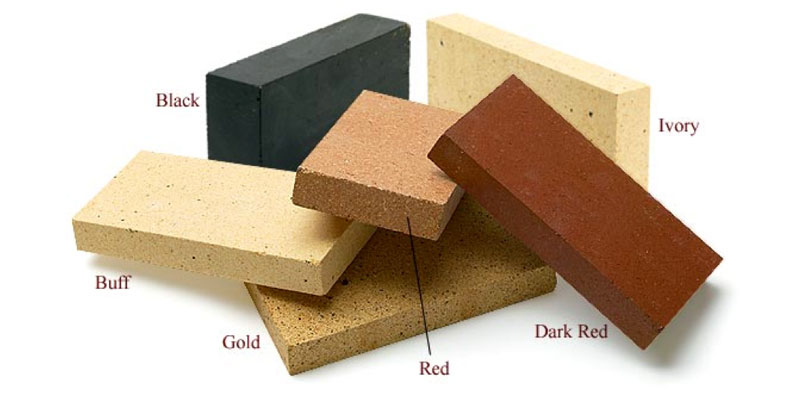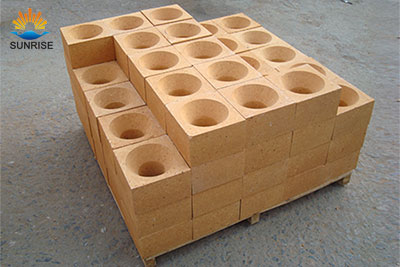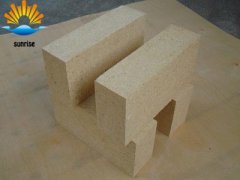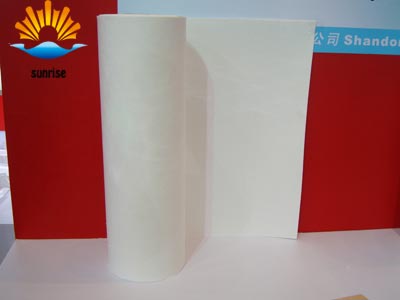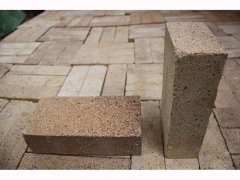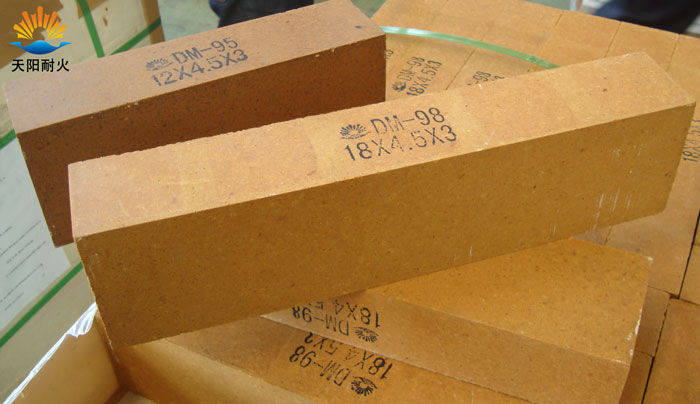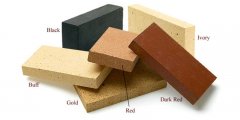The use of kilns is inseparable from refractory bricks, but if the details of refractory bricks are not properly handled during the masonry process, it will cause a lot of trouble in later use. Therefore, when building refractory bricks, pay attention to angles and also Pay attention to the location. Try to choose refractory bricks with good refractory performance, and there will be no thermal expansion and contraction, and chemical reactions during use. The following Sunrise refractory materials will give you a detailed introduction.
Precautions for furnace bricks
1.The circular furnace wall must not have three layers or three ring re-slits, and the upper and lower two layers and the adjacent two ring re-slits must not be in the same place.
2. The round furnace wall should be built according to the centerline. When the centerline and diameter of the furnace shell meet the requirements of the furnace shape, the furnace shell can be used as the guide surface for masonry.
3. The long side of the uppermost layer of the non-arc furnace bottom and the channel bottom should be perpendicular or at an angle to the movement direction of the charge, metal, slag or gas.
4. It is necessary for the arch and the arch top to be symmetrically built from the two arch feet to the center. During the masonry, it is forbidden to turn the size of the arch brick upside down; the lock bricks should be driven into the arch from the surrounding surface. When driving from the surrounding surface, you can first process 1 to 2 bricks on the side of the lock to make the upper and lower standards of the lock equal, and then drive the lock brick that is compatible with the standard of the lock from above, and insert both ends Tighten with a steel plate; it is necessary to cancel the arch tire after all the locking bricks are tightened, the trenching at the arch foot is completed, and the nut of the skeleton hook is tightened.
5. For the brickwork where the brickwork is not tight, a thin steel plate should be inserted and tightly plugged. In addition, for the changeable kiln, every 1/4 turn is checked, and the above method is used for repair.
6. The location of the expansion joints should avoid the stress parts, the furnace skeleton and the holes in the masonry. The expansion joints of the inner and outer layers of the masonry should not penetrate each other, and the upper bases should be staggered from each other.
How to choose refractory bricks
1.Resist the effect of high temperature heat load, not softening or melting. Refractory bricks are required to have a relatively high degree of refractoriness.
2. Resist the effect of high temperature heat load, the volume does not shrink and only uniform expansion. The material is required to have high volume stability, the residual shrinkage and residual expansion should be small, and there is no crystal form transformation and severe volume effect.
3. Resist the combined effect of high temperature heat load and heavy load, without losing strength, creeping and collapse. The material is required to have a fairly high normal temperature strength and high temperature hot state strength, a high load softening temperature, and a high creep resistance.
4. Resist the rapid change of temperature or the influence of uneven heating, crack and no flaking. The material is required to have good thermal shock resistance.
5. Resist the chemical erosion of molten liquid, dust and gas, without deterioration and erosion. The material is required to have good slag resistance.
6. Resist the impact, impact and abrasion of flames and furnace materials and dust without loss of surface.
7. The material is required to have a relatively high density and wear resistance at normal temperature and high temperature.
8. Resist the influence of high temperature vacuum operation and atmosphere changes, non-volatile and not damaged. The material is required to have low vapor pressure and high chemical stability.
9. In addition, in order to ensure the overall quality of the structure or lining made of massive refractory bricks. The slag resistance and air tightness are good, and it is convenient for construction. It also requires the material to be neat in shape, accurate in size, guaranteeing a fixed tolerance, and preventing defects that are not allowed. In order to withstand the impact during transportation and the possible mechanical vibration and extrusion, the material must have a relatively high normal temperature strength. For some special requirements, sometimes the thermal conductivity and electrical conductivity must be considered.
